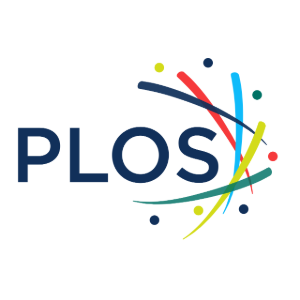Featured article
One of our favourite articles is Chang et al. (2020): “Takeaways from mobile DNA barcoding with BentoLab and MinION”.
In this study, the authors undertook same-day DNA barcoding for biodiversity exploration on a fishing boat in Singapore, collecting a range of sea animals (from fish to corals to starfish) in the morning by diving, and using Bento Lab and Oxford Nanopore MinION to DNA barcode the samples in the afternoon. They also validated their results by comparison to Illumina sequencing from the same samples.
This article not only shows how PCR and DNA work can be done anywhere (few labs could be more improvised than one on a fishing boat) but it’s also a great resource for anyone interested in doing similar Bento Lab + MinION workflows in the field.
Read our blog on this story here, and check out the article below:
Recent work with Bento Lab

Nanopore sequencing platforms in combination with a mobile laboratory such as the Bento Lab offer a promising solution for improving research equality in countries fighting malaria.
2024
Authors: Keigo Enya, Satoshi Sasaki, Taiki Kunieda
Life Sciences in Space Research (2024)
Authors: Aurel Holzschuh, Anita Lerch, Bakar S. Fakih, Safia Mohammed Aliy, Mohamed Haji Ali, Mohamed Ali Ali, Daniel J. Bruzzese, Joshua Yukich, Manuel W. Hetzel, Cristian Koepfli
PLOS Global Public Health (2024)
Authors: Richard Andreas Salindeho, Fifi Gus Dwiyanti, Rahadian Pratama, Deden Derajat Matra, Muhammad Majiidu, Iskandar Z. Siregar
F1000Research (2024)
2023
Russula diversity in NE Scotland (United Kingdom)
Authors: Helen Baker, Andy Taylor, Toni Watt & the Grampian Fungus Group
Field Mycology (2023)
A study of Agaricus in Pembrokeshire reveals three new taxa for the UK (United Kingdom)
Authors: David Harries
Field Mycology (2023)
Authors: Robert G. Hatfield, David Ryder, Annabel M. Tidy, David M. Hartnell, Karl J. Dean and Frederico M. Batista
Toxins (2023)
Mycena laevigata (Fungi, Agaricales) in the heart of Central Europe-a prominent species of old-growth forests. (Czech Republic)
Authors: Jan Holec, Daniel Dvořák, Lucie Zíbarová, Miroslav Beran, Petr Zehnálek, Maroš Peiger, Vladimír Kunca
Czech Mycology (2023)
Authors: Kouichi Kitamura, Minami Kikuchi Ueno, Hiromu Yoshida
Microbiology Spectrum (2023)
Nanopore sequencing technology for clinical diagnosis of infectious diseases where laboratory capacity is meager: A case report (Tanzania, Denmark)
Authors: Happiness H. Kumburu, Mariana Shayo, Marco van Zwetslaar, Judith Njau, Davis J. Kuchaka, Ignas P. Ignas, Boaz Wadugu, Robert Kasworm, Lazaro J. Masaki, Malte B. Hallgren, Philip T.L.C. Clausen, Blandina Theophil Mmbaga, Frank M. Aarestrup, Tolbert B. Sonda
Heliyon (2023)
Diversitatea și ecologia speciilor de mamifere din Rezervația științifică „Pădurea Domnească” Diversity and ecology of mammal species in the “Domnească Forest” scientific reserve (Moldova)
Authors: Victoria Nistreanu, Victor Sîtnic, Anatolie Savin, Alina Larion, Vladislav Caldari, Victoria Burlacu
Revista de Ştiinţă, Inovare, Cultură şi Artă „Akademos” (2023)
